Of all the grand slams, Roland Garros always seems to bring the biggest surprises (minus Rafa, of course). Is it the red clay’s slower conditions that require longer rallies, more physical stamina, and tactical variety beyond a hard court power game? Is it the hostile Parisian crowd that can either make or break its stadium performers? Is it the unpredictable weather that can abruptly change the texture of the dirt from friend to foe?
While doubles has largely been no exception to the Roland Garros surprise effect, the past two years would tell you otherwise as we have seen repeat winners in both the men’s and women’s draws. In 2019 and 2020, Timea Babos and Kristina Mladenovic claimed back-to-back women’s titles and Kevin Krawietz and Andrea Mies won back-to-back men’s titles.
With neither of those teams entered together in this year’s tournament, we will see new faces hoist the doubles trophies in Paris this year. But should we expect surprise results in true Roland Garros fashion? Or will the draws hold to form and play out predictably?
In the roundtable below, six panelists (including myself) make their tournament predictions and offer insight on the biggest doubles storylines to watch unfold during Roland Garros. Let the doubles dirt-balling begin.
Meet the Panelists

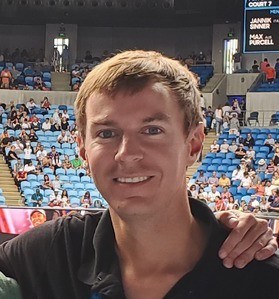




- Craig O’Shannessy – Founder of Brain Game Tennis and ATP Strategy Coach.
- Will Boucek – Founder and CEO of The Tennis Tribe.
- Jennifer Paddock – Journalist at Tennis View Magazine, teaching professional, and novelist.
- Warren Pretorius – Founder and CEO of Tennis Analytics.
- Van Sias – Freelance writer for TENNIS.com, Baseline, and other publications.
- Hanlon Walsh – Content writer and social media manager for The Tennis Tribe.
What have been your initial takeaways from the doubles tour thus far in 2021?
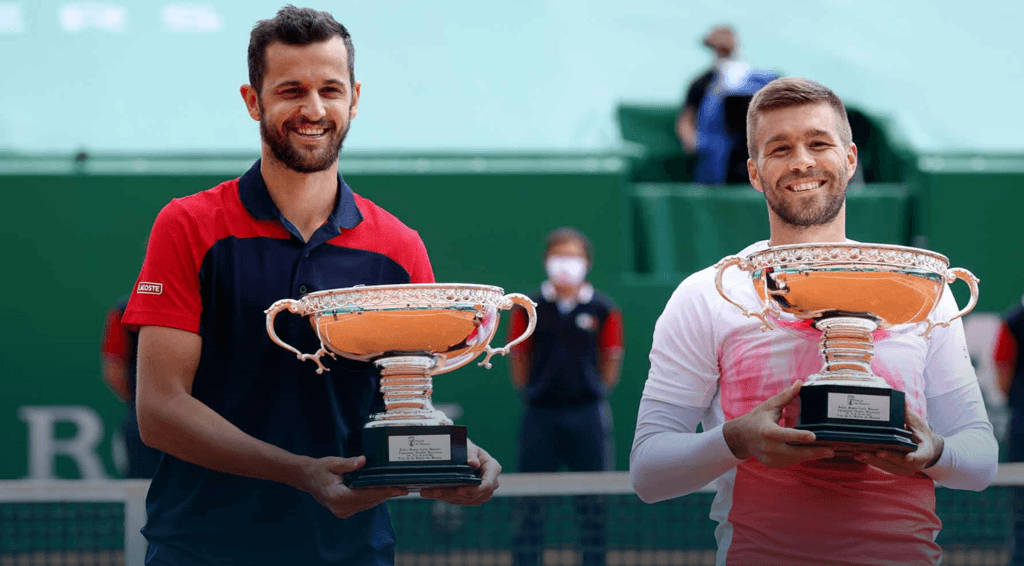
Craig O’Shannessy: Nikola Mektic and Mate Pavic are scorching the doubles tour in 2021. They have won six of the 10 events they have entered so far this year.
I was in Rome a couple of weeks ago and watched parts of their matches and they have elevated their level under pressure. They won all five tie-breaks they played and never dropped a set on their way to the title.
Will Boucek: Nikola Mektic and Mate Pavic are slightly better than every other team on the men’s tour. In doubles, the margins are so small, so slightly better is about as good as you can do.
For the WTA, there are a few tiers. It seems like there are a dozen or so players in the top tier and none of them have separated themselves. They have also been changing partners more often than the men. Perhaps because of the Olympics around the corner?
Warren Pretorius: The depth in both men’s and women’s doubles is astounding. On the men’s side in Rome, 13 of 31 matches played went to a super match tiebreaker. For another eight matches, the losing team won eight or more games (4-6 4-6 or better). This means that 25 of the 31 matches (81%) were decided by just a few points.
Van Sias: Both the ATP and WTA tours have had their respective story lines, which couldn’t be more different. For the men, I don’t think anyone could have predicted the history-making run Nikola Mektic and Mate Pavic have been on—in their first year playing together, no less. And among the women, even though several teams have won multiple titles, it’s been more about parity rather than one duo dominating.
Hanlon Walsh: The men’s and women’s doubles tour in 2021 have somewhat resembled their respective singles tours of the last several years. We’ve seen dominance from the men with Metkic and Pavic winning six titles with a 37-4 record and 2,000+ point differential ahead of other teams in the ATP Doubles Race.
On the women’s side, there has been a shakeup at the top of the game with several longstanding teams splitting up for various reasons – Hsieh/Strycova, Babos/Mladenovic, and Mertens/Sabalenka to name a few. This has created opportunities for a wider mix of teams to win tournaments and new partnerships to develop.
How does the red clay benefit certain doubles teams or playing styles? Is there a different doubles strategy specifically for clay?
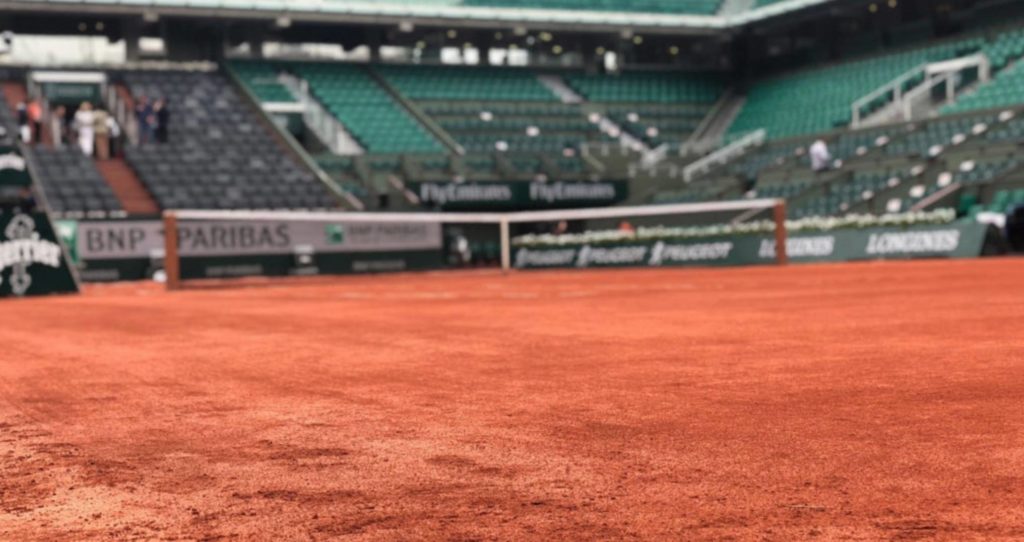
Craig O’Shannessy: The red clay can help players in a few specific ways. It can make a big kick 2nd serve jump even more off the court. It can help promote the heavy spin needed to get the ball down at your opponent’s feet. It can buy you a little more time returning to take a bigger cut at the return. And it can let players not feel like they have to rush the net. They can stay back and rip groundstrokes more than normal.
Will Boucek: I’m not sure it benefits a particular team or playing style, but it is a little different. There will be fewer aces and more returns made in the court. There are more opportunities for drop shots on clay because the ball won’t bounce quite as high, and it’s harder to get your footing or change direction. This also makes playing behind someone a good strategy.
Warren Pretorius: Like singles, the great players are good on all surfaces. I don’t see teams switching up tactics a whole lot because of the surface. If they do make any adjustments, it is more due to scouting opponent’s tendencies in key situations.
Jennifer Paddock: Playing doubles on clay is different (than hard or grass) because you can be more versatile. There is more time. The court is slower.
On clay, you can be a good doubles player and not be that great at net. You can just crush the ball from the back. The volleys are not as sharp coming through the court as they are on a hard or grass court.
There are more options. You can return farther back. You might have to play I-formation. If you play too close to the net, you can be susceptible to the lob. You will need help from your partner. An overhead smash may come back because the clay slows it down.
“On clay, the point may take longer. You have to be ready to suffer to win. You have to mix it up, and your partner has to help you.”
Jennifer Paddock
You may have to adapt your strategy. If your opponents are back, you would play a short volley. If you play two great clay-courters who stay back, they can dip the ball at your feet with heavy topspin. Or even if you cross well, the one in the back can still get it because it’s on clay and there is time.
The point may take longer. You have to be ready to suffer to win. You have to mix it up, and your partner has to help you. You might stay back on the second serve. If you see your opponent crossing, you can go down the line. There are so many options.
With the Olympic rankings cutoff coming immediately after Roland Garros, which Olympics doubles storylines will you be watching closely?
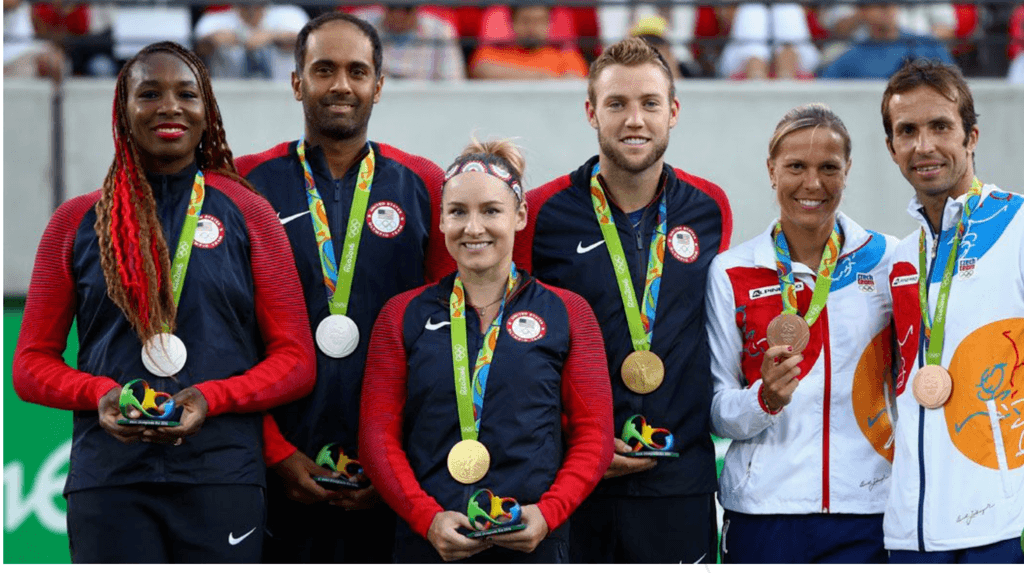
Warren Pretorius: In Olympic years we see many more players from the same country teaming up, especially in the Slam events. So, I will be watching the performance of some of these teams to get scouting information for the Olympics. For Mixed Doubles especially, the Slams are very important for scouting, since no other match data is available.
Van Sias: With the retirement of the Bryan Brothers, who will represent the US men in Tokyo? Rajeev Ram is the only American male ranked in the top 40 in doubles. Will there be room on the squad for him to pair up with the next-highest-ranked man in the nation, Austin Krajicek, or will he be playing with a singles player? Or will the decision be made to go with an all-singles lineup?
Hanlon Walsh: I’m curious to see the doubles pairings for the U.S. teams. The women’s side will be neck and neck in both singles and doubles. Pending their Roland Garros results, both Nicole Melichar (No. 9) and Bethanie Mattek-Sands (No. 16) have a chance to qualify individually as well. If so, would they play together or pick different partners? There’s also the possibility of a Williams-Williams pairing for one last Olympic run or “McCoco” being selected for their Olympic debut. With Caty McNally out of Roland Garros, how will this impact McCoco’s Olympic doubles hopes?
On the men’s side, Rajeev Ram should be a lock to qualify individually with a No. 8 doubles ranking pre-Roland Garros (top 10 doubles players qualify automatically). The question is…would he pick one of the top U.S. singles players as his partner (Think Isner or Fritz)? Or search lower down the doubles rankings to play with a fellow doubles specialist like Austin Krajicek (No. 44) or Nick Monroe (No. 78)?
Once the doubles teams are selected, it’s always interesting to see who they will pair up for mixed doubles. How about a Rajeev Ram/Serena and Sebi Korda/Coco Gauff pairing? That would be fun.
Now let’s take a look at the Roland Garros Draws. Which teams intrigue you the most?
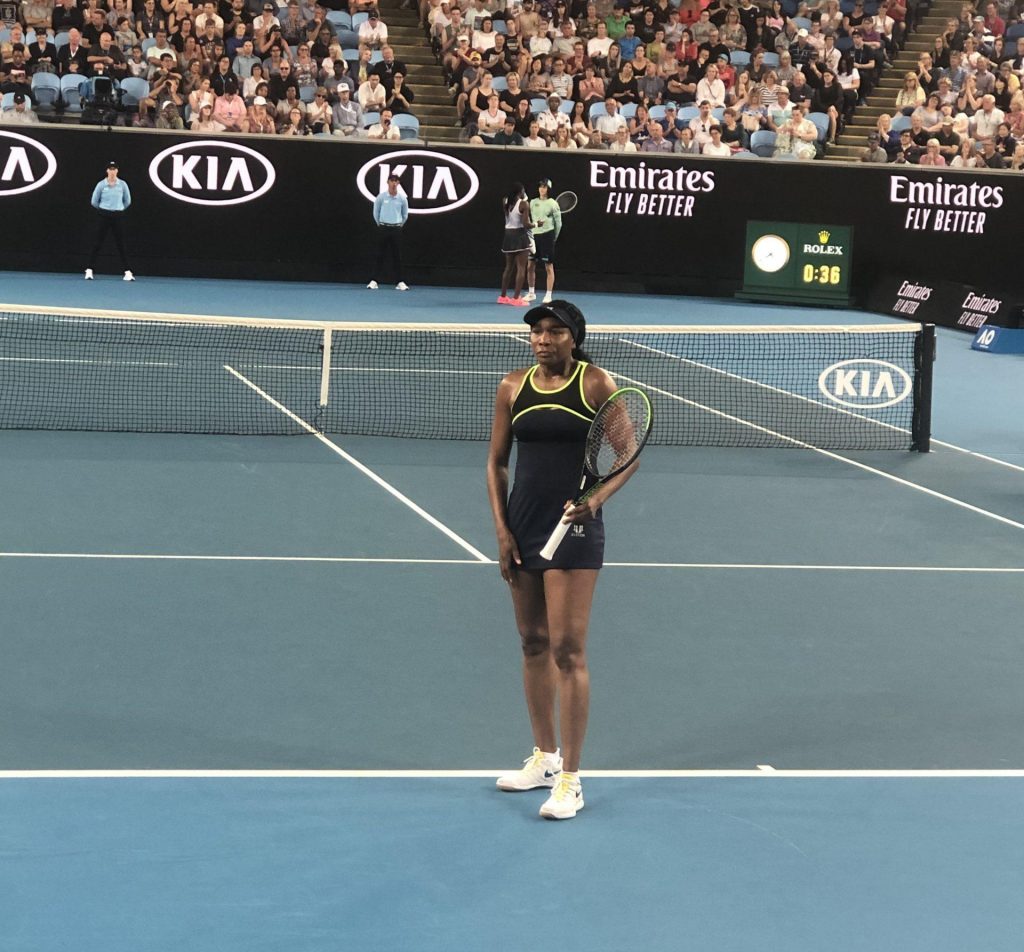
Craig O’Shannessy: The Argentine duo of Federico Coria and Diego Schwartzman on the men’s side. For the women, I would say Ash Barty and Jen Brady.
Will Boucek: Hsieh and Mertens teaming up will be interesting. Mertens used to play with Sabalenka who has the exact opposite game of Hsieh, a former doubles world #1. Frances Tiafoe and Nick Monroe had a few big wins in Australia and are teaming up again. I have the luxury of writing this after they won their first-round match at Roland Garros, upsetting the No. 8 seeds Kubot and Melo.
Warren Pretorius: On Women’s side, Ash Barty teaming up with Jennifer Brady and Cori Gauff teaming up with Venus Williams are the two most compelling pairings in my opinion. Both teams are crowd favorites and could go all the way.
Van Sias: To me, the most intriguing pairing is on the women’s side—and it’s the top seeds, Elise Mertens and Su-Wei Hsieh. They just joined forces during the clay stretch and went 0-2 leading up to Roland Garros. I’m not expecting a deep run from them, despite their lofty position in the draw.
Jennifer Paddock: For the women, I’ll go with the most intriguing matchup—17-year-old Coco Gauff and 40-year old Venus Williams. Both American, both can play doubles. Gauff has made the quarters at the Australian Open twice with her regular partner Caty McNally (who I think is injured?). Venus has the experience. She’s won 14 Slam doubles titles with Serena and seven Slam singles titles. I imagine Venus will give CoCo a lot of advice—when to do what, telling her, “Now is the time to take the momentum.”
Hanlon Walsh: Aside from Coco-Venus and Barty-Brady, I’ve also got my eye on No. 14 seeds Bethanie Mattek-Sands and Iga Swiatek. Mattek-Sands has won at Roland Garros twice (2015 and 2017 with Lucie Safarova) and Swiatek was a semi-finalist here last year with Nicole Melichar (not to mention singles champion). I like their chances of making a deep run but, regardless of their results, they are both big names and personalities who bring more flavor to the doubles draw.
On the men’s side, I’d like to see if Nick Monroe and Frances Tiafoe can raise eyebrows again on the clay like they did knocking out several seeds earlier this year at the Australian Open. They’ve already gotten off to a convincing start with an upset over No. 8 Kubot and Melo in the first round.
Who are your favorites to take the title?
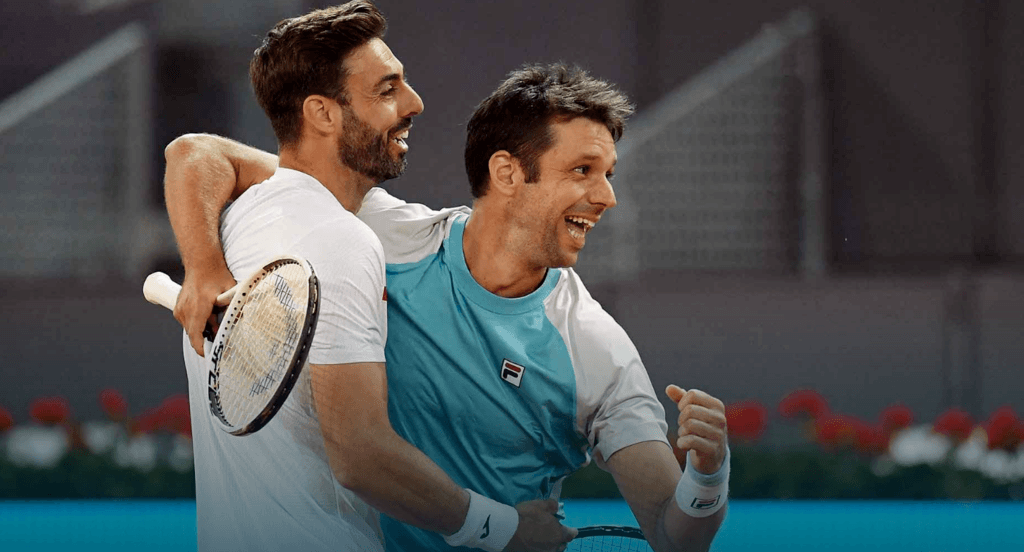
Craig O’Shannessy: Metkic and Pavic for the men; Mertens and Hsieh for Women.
Will Boucek: For the men, you’ve got to go with Mektic and Pavic. If you’re not picking them, then you haven’t been watching. For the women, I like Nicole Melichar and Demi Schuurs. They won in Charleston and Schuurs made the final in Madrid. They’ve been knocking at the door for a slam and I think it’s time.
Warren Pretorius: My favorites to win are Granollers-Zeballos on the men’s side and Hsieh-Mertens in the women’s draw.
Van Sias: I think there are clear favorites on both sides: For the men, it has to be Nikola Mektic and Mate Pavic, who’ve already had a season’s worth of success in six months. And on the women’s side, with two-time defending champs Timea Babos and Kristina Mladenovic not playing together, Barbora Krejcikova and Katerina Siniakova, their predecessors as winners, have the strongest shot of winning.
Jennifer Paddock: On the men’s side, my favorite is Mektic/Pavic. This is a new partnership in 2021, but they clearly combine well. They’ve already won six titles and are seeded No. 1. They are countrymen, from Croatia. Pavic, at 6’3” is the shot maker, the risktaker, he’s going all the time. He’s a lefty. Mektic is 5’11” and is right-handed. He’s solid, steady, making a lot of balls. On the women’s side, my favorite is also my most intriguing matchup— once again 17-year-old Coco Gauff and 40-year old Venus Williams.
Hanlon Walsh: I like the Spaniard-Argentine duo of Granollers-Zeballos to upset Mektic-Pavic and take the title on the men’s side. What’s not to like about a righty-lefty duo of clay-court specialists from Spain and Argentina? For the women, I’ll go with the No. 2 seeds Barbora Krejcikova and Katerina Siniakova. They won the title here in 2018 and have started this year off strong with a runner-up finish at the Australian Open and recent winners in Madrid.
Which dark horse teams do you think could surprise people?
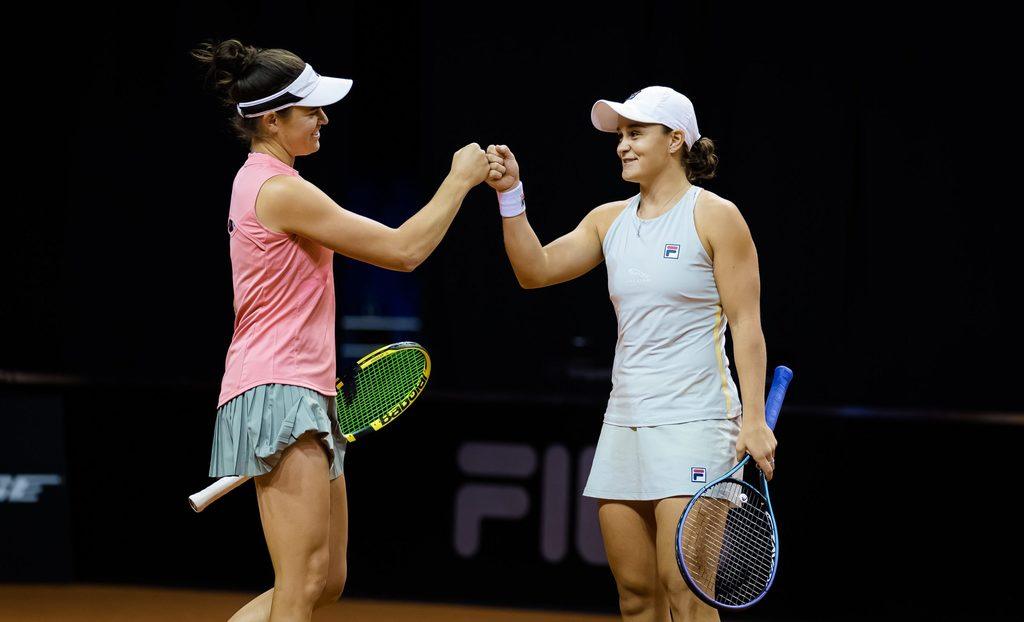
Craig O’Shannessy: Max Purcell and Luke Saville on the men’s side and Coco Gauff and Venus Williams on the women’s side.
Will Boucek: Alexis Guarachi and Desirae Krawczyk aren’t exactly dark horses as the No. 5 seeds, but I don’t think any unseeded teams have a realistic shot. For the men, Marcus Daniell and Philipp Oswald are a veteran team that has already made one final this year. Oswald has nine career clay titles, with only two on hard, so it’s clear he prefers the dirt.
Warren Pretorius: For the men, Herbert-Mahut could be a dark horse if they draw on the energy of the home crowd, which will get bigger as the draw progresses due to easing COVID-19 restrictions. For the women, Sharon Fichman and Giuliana Olmos are a pair to watch as they defeated both No. 1 Hsieh-Mertens and No. 4 Aoyama-Shibahara in the same week in Rome.
Van Sias: On the men’s side, I have two dark horses: Simone Bolelli and Maximo Gonzalez, and Tim Puetz and Hugo Nys, both of whom have had a solid season, but are unseeded. Among the women, Asia Muhammad and Jessica Pegula have the potential to make some waves.
Jennifer Paddock: My dark horse is Barty/Brady. Barty is so crafty with the slice, soft hands, and Brady has that big kick serve for clay. The only problem is if they’re deep in the tournament in singles, they might withdraw. It would also depend day by day how tough their matches are. I think if they could play full-out, they would win.
Hanlon Walsh: Not exactly a dark horse, but I think No. 7 seeds Timea Babos and Vera Zvonareva could make a deep run here. Both are recent grand slam doubles champions (though with separate partners) and accomplished doubles players in their own right.
It’s harder to say in the men’s field because I think it will be more predictable with a few heavy favorites who stand out above the field. If the first few days of Roland Garros have told us anything, we’re sure to expect an action-packed doubles tournament full of surprises. Let’s just hope that the biggest storylines remain on the court.
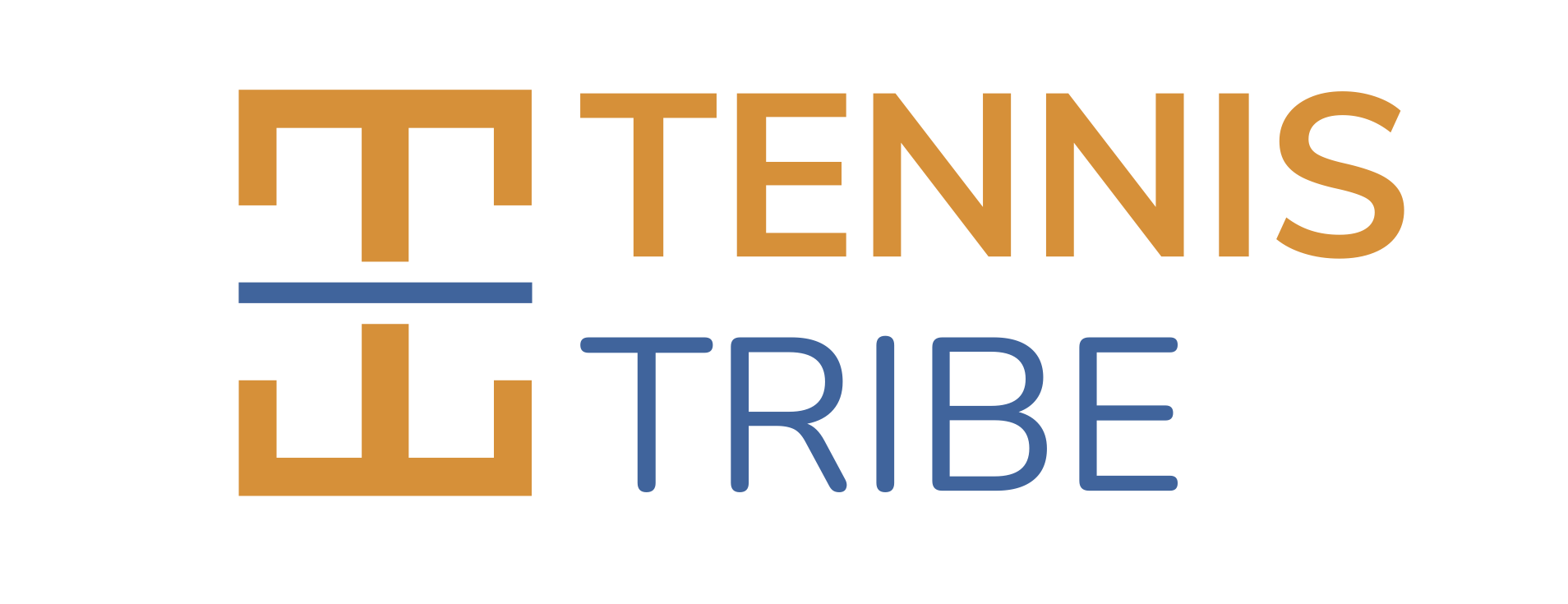
Leave a Reply